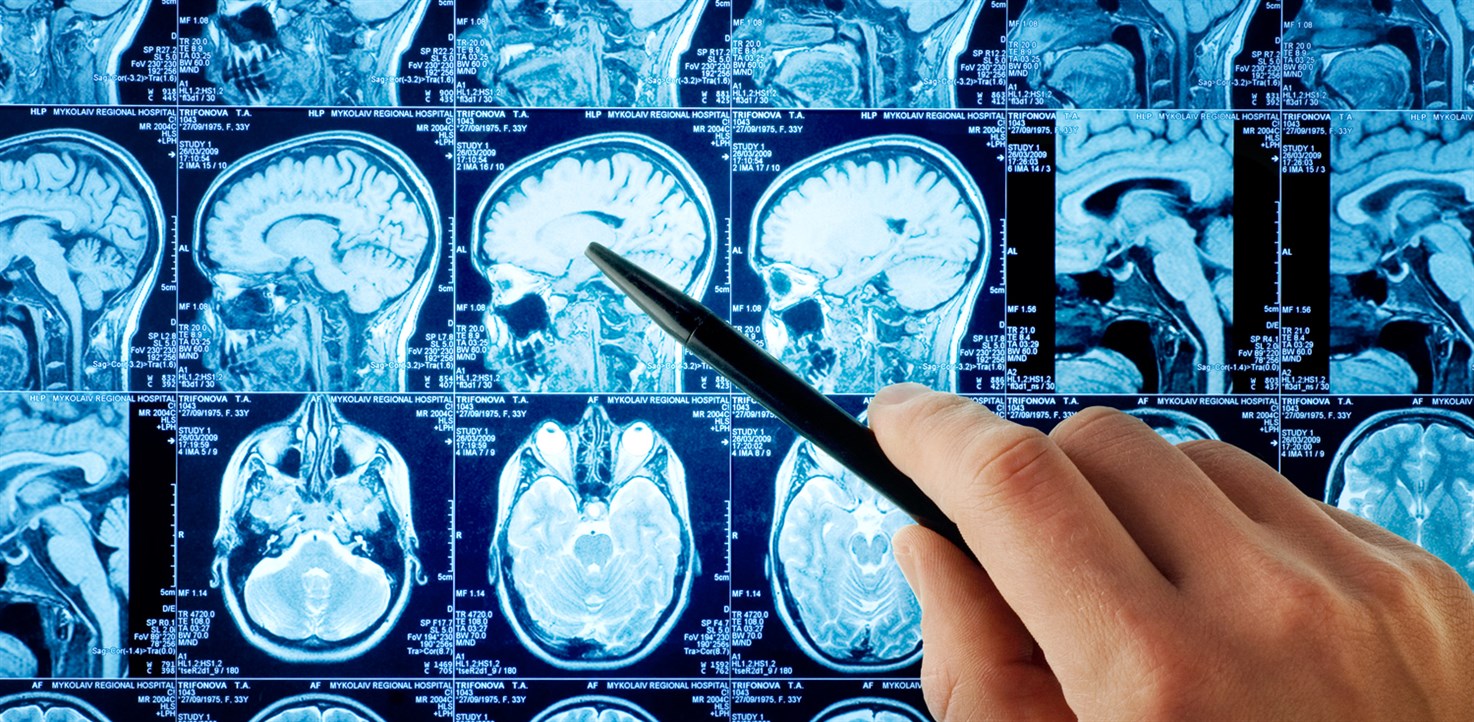Neurologists are often perceived as doctors sporadically seen by an unlucky few who have conditions severe enough to necessitate the expertise of a brain specialist. Because the brain encompasses our character, the idea of a deformity of dysfunction at such an important corporal locus arises in most of us an eerie shudder and quick prayer that we never have to face that type of adversity. In reality, according to the United Nation’s News Centre, about 1 in 6 people in this world will suffer from a neurologic disease such as stroke, Alzheimer’s disease, or MS. This means that having a neurologic disease or caring for someone who does, are experiences that will not elude many.
This high prevalence points to the urgent need for specialists in the neurosciences who can not only treat those with neurologic disorders, but also work toward discoveries in prevention and cure. More so in the United States, as the ratio of middle aged to elderly adults shifts toward the elderly and more people gain access to healthcare under the PPACA, the demand for neurologists will only climb. Yet, the American Academy of Neurology’s Workforce Task Force Report, published in 2013, predicts that the neurologist shortfall will increase to 19% by 2025 from 11% in 2012. This shortfall will lead to long wait times for appointments with neurologists and further marginalization of already underserved populations. Ultimately, the American (and world) population will not receive the optimal amount and quality of neurologic care.
The AAN’s Workforce Task Force presents several suggestions for abating this shortfall:
1. Increase the number of neurologists in the clinical workforce. This implies that neurology as a specialty needs to make itself more attractive to medical students. This starts by exposing students to more neurology curriculum and longer neurology clerkships. Additionally, neurology must deliver more financial reward to its specialists in order to jettison the students’ financial burden when considering their specialty selection against their student debt levels.
2. Train non-neurologist physicians, especially in primary care, in neurology to recognize neurologic symptoms and disorders, so that referrals can be made to neurologists appropriately. All physicians in general specialties such as primary care, internal medicine, and emergency medicine should receive training in acute care neurology in order be better able to collaborate with neurologists.
3. Make neurology care more efficient through the use of technology. Technology can aid in better distributing neurologists’ time and reaching rural and underserved populations.
4. Recognize the value of cognitive time spent with patients and families. Reimbursement rates for expensive procedures like EMG are decreasing, so using face-to-face skills to make diagnoses would save neurologists money; at the same time, neurologists need better compensation for the time spent using cognitive skills.
For more information: https://www.ncbi.nlm.nih.gov/pubmed/23783750




